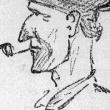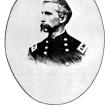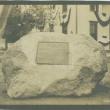Barbara Dyer: Who was William Conway?
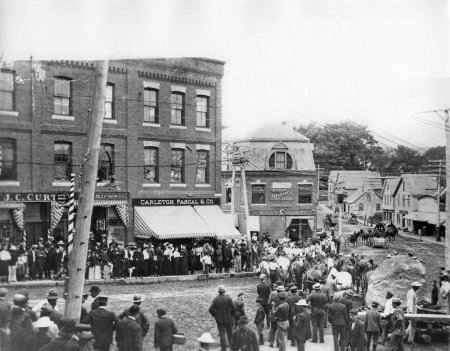 Moving the Conway Boulder through Main and Elm streets in Camden. (Image courtesy Barbara F. Dyer)
Moving the Conway Boulder through Main and Elm streets in Camden. (Image courtesy Barbara F. Dyer)
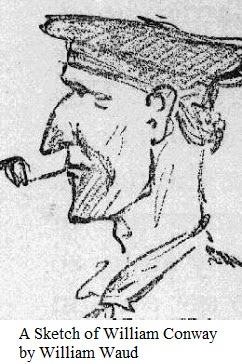 A sketch of William Conway by William Ward. (Image courtesy Barbara F. Dyer)
A sketch of William Conway by William Ward. (Image courtesy Barbara F. Dyer)
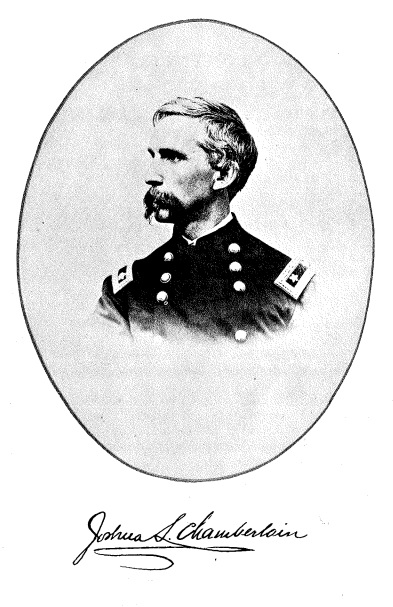 Joshua Chamberlain
Joshua Chamberlain
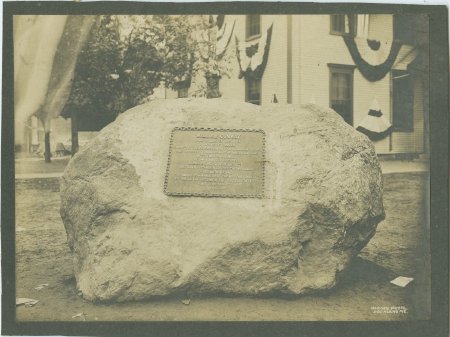 The Conway Boulder on Elm Street in Camden. (Image courtesy Barbara F. Dyer)
The Conway Boulder on Elm Street in Camden. (Image courtesy Barbara F. Dyer)
 The William Conway House. (Image courtesy Barbara F. Dyer)
The William Conway House. (Image courtesy Barbara F. Dyer)
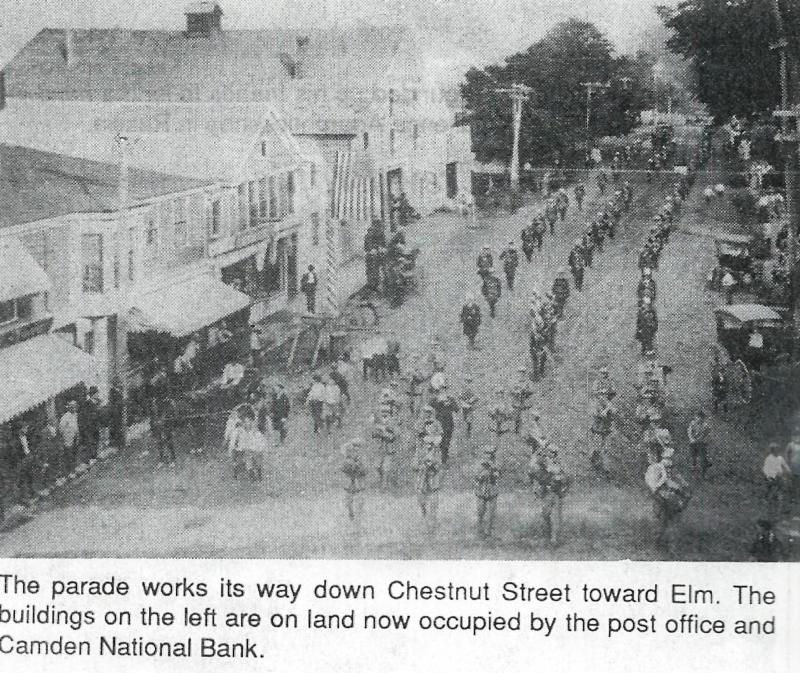 A parade honoring William Conway. (Image courtesy Barbara F. Dyer)
A parade honoring William Conway. (Image courtesy Barbara F. Dyer)
 Moving the Conway Boulder through Main and Elm streets in Camden. (Image courtesy Barbara F. Dyer)
Moving the Conway Boulder through Main and Elm streets in Camden. (Image courtesy Barbara F. Dyer)
 A sketch of William Conway by William Ward. (Image courtesy Barbara F. Dyer)
A sketch of William Conway by William Ward. (Image courtesy Barbara F. Dyer)
 Joshua Chamberlain
Joshua Chamberlain
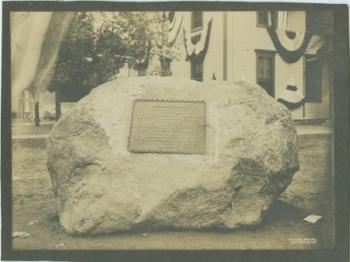 The Conway Boulder on Elm Street in Camden. (Image courtesy Barbara F. Dyer)
The Conway Boulder on Elm Street in Camden. (Image courtesy Barbara F. Dyer)
 The William Conway House. (Image courtesy Barbara F. Dyer)
The William Conway House. (Image courtesy Barbara F. Dyer)
 A parade honoring William Conway. (Image courtesy Barbara F. Dyer)
A parade honoring William Conway. (Image courtesy Barbara F. Dyer)
It was 113 years ago on August 30 that Camden saw one of its largest parades. The date was August 30, 1906, when the town paid tribute to William Conway, a Civil War veteran, who had been dead since 1865, but this day the town decided to honor him.
He was born here about 1805 and when old enough he joined the United States Navy. He served his country for 45years. He was promoted to gunner and later to quartermaster.
While he was stationed at Pensacola Navy Yard, on January 10, 1861, his commandant betrayed his trust, became a traitor and agreed to surrender the Navy Yard to the Confederates.
When the enemy arrived, Quartermaster Conway was ordered to approach the flag staff and he obeyed. He was then ordered to haul down the flag, so the Confederate flag could be raised.
His commanding officer could not change Conway's loyalty to his country and love of the flag, under which he worked. Without hesitation, he turned from the flagstaff and said: ”I won't do it. That is the flag of my country and I have served under it for many years. I won't dishonor it now!”
A few months later, when the commanding officer was court-martialed, a general order was issued by Abraham Lincoln's Secretary of the Navy, Gideon Welles, and sent to all Naval bases stating the heroic action of Quartermaster William Conway, of refusing to haul-down the American Flag.
San Francisco gave him a gold medal, and a message from President Lincoln's Secretary of the Navy, Gideon Wells.
Camden hauled a very large granite boulder from upper Chestnut Street using 20 teams of oxen, and it required plenty of space turning from Chestnut to go up Elm, where it was placed in the corner of the Elm Street School yard.
It remains there today, and flags are placed by the Legion each Memorial Day there, as well as other war memorials along the way.
To view it, the rock does not look as big as when it was hauled, so probably more is under ground. The inscription on its plaque is very legible. It was one of the largest parades ever held, at that date, in Camden, with thousands of people turning out to view it.
The famous Joshua Chamberlain was at Camden's ceremony.
He was born in Brewer, Maine, and was President of Bowdoin College, and as well as Governor of the State of Maine. Also, he had spent three years at Bangor Theological Seminary, but took the job at Bowdoin rather than be a minister.
He was best known as Colonel of the 20th Maine regiment that fought at the Battle of Gettysburg.
He also accepted the Confederacy's surrender of arms at Appomattox at the war's end.
He said: “Now aloft every topmost pinnacle runs for this token the reverenced, redeemed old flag, and the authority, the dignity, the majesty of the United States of America voices in the thunder of her guns of powder what she accounts the man who, alone, amidst the threatening, the fearing, the forsaking, the surrendering, stood her honor.”
That man was Camden's William Conway.
Also during that parade, was Admiral Robley Evans, at that time the largest battleship in the Navy, the USS Maine, flagship for several others.
Two destroyers have been named for Conway, and the Camden-Rockport Historical Society was presented with documents from at least one of the destroyers, I believe, in the 1980s.
William Conway died in November 1865 in the Brooklyn New York Navy Yard hospital.
According to an article in the New York Times, from December 4, 1865: “The funeral procession was formed in the hospital yard, and marched up Ryerson Street to Myrtle Avenue, thence through Classon Avenue to the naval cemetery, where the remains were lowered to their last resting place. A volley was fired over the grave and all was over. The arrangements were under the supervision of Mr. CHARLES L. KIRBY, the steward of the hospital, and Mr. BURDETT S. OAKES, who furnished the funeral trappings. Everything was creditably done.
“Originally buried at the Naval Hospital Burying Ground, his remains would have been moved to Cypress Hills National Cemetery. That death and burial record indicated that his age was 59 years old, and had the office as Quartermaster (enlisted NCO).”
As far as we know, he was buried without a grave stone, but never forgotten in Camden or by the Navy.
Barbara F. Dyer has lived all of her life in Camden, so far.
Event Date
Address
United States








